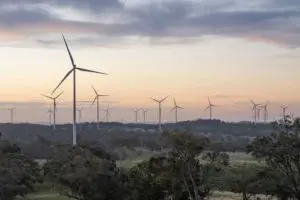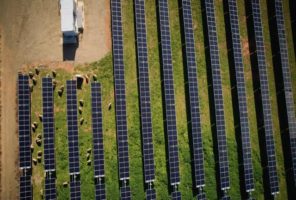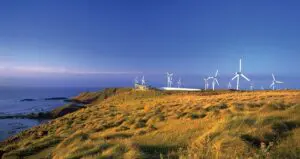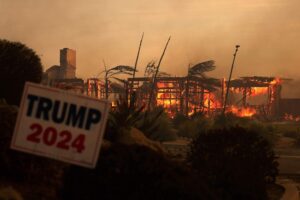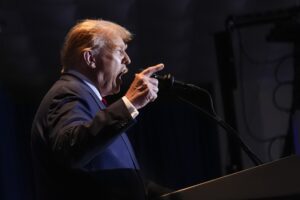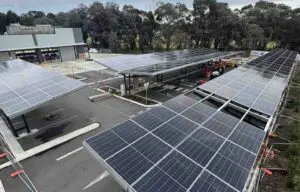One of the world’s biggest utility scale solar contractors, and the biggest in Australia, says it is still suffering from a collapse in margins for many of its projects, although it notes that module and shipping costs are falling.
Sterling and Wilson Renewables claims to be the biggest solar contractor in Australia, with several large projects including Western Downs, the nearly complete 400MW facility in Queensland that is already the biggest in the country.
Its latest quarterly results show the company is still bleeding from the soaring cost of legacy contracts, crunched margins at projects and a jump in costs of modules and other materials, although it says there are signs the cost pressures are easing.
Unfortunately, the company does not identify where the problem projects are, and its business is spread across north and south America, India, Europe, Africa, the Middle East, as well as Australia.
But the renewable contracting business in Australia has been a burial ground for many aspiring players, victims of a combination of delays in construction and grid connection, and the brutal reality of damages claims to make up for lost revenue from their clients.
Already some big names have come and gone including Biosar, the US-based Signal Energy (though most of its issues appeared to be in its home market), and big Australian names have either collapsed in the face of cost blowouts (RCR Tomlinson), or withdrawn from the EPC market altogether (Decmil and others).
Sterling and Wilson’s only direct comments about Australia comes in its faith in the solar sector’s growth in this country, thanks to the new Labor government’s strong renewables target and the same from state governments.
But it also noted sub-contracting costs in unionised countries like Australia and the US can be “phenomenally high” .
“Australia is making significant strides in its solar ambition, and it is a market we are hopeful of doing well since we are already the established leader there in the solar EPC,” Amit Jain, the CEO, told an analysts briefing.
The company expects to secure around 1GW of new projects in Australia, although this represents just five per cent of the 21GW of opportunities it sees around the globe, with more than half in its home base of India.
Sterling and Wilson continues to remain financially dependent on its deep pocketed shareholder, the Indian conglomerate Reliance New Energy, which now has a 40 per cent stake and is underwriting its losses and any liquidated damages claims.
The accounts show a net loss of 99 crore (about $A17.5 million) in the latest quarter, a smaller loss than the 429 crore suffered a year earlier, but taking its total losses for the first three quarters of its financial year to 754 crore, only slightly reduced from a year earlier.
It blames the result on negative margins across its portfolio.
“Gross margins remain suppressed primarily on account of International EPC projects,” the accounts say, without saying in which countries.
The company says that solar module costs, which jumped 50 per cent from September 2019 to peak at 28 US cents a watt two years later, are now back down to 23 US cents a watt by the end of December, and have fallen to around 21 US cents since then.
Transport costs, particularly to Australia, have also fallen dramatically after the Covid-19 peaks although they are not quite back to where they were before, and the prices of aluminium and copper have also fallen from their recent peaks.
Its said its growth will focus on solar and battery storage projects in international markets, including Australia, while it will also look to green hydrogen projects in its home market of India.
ghhd



